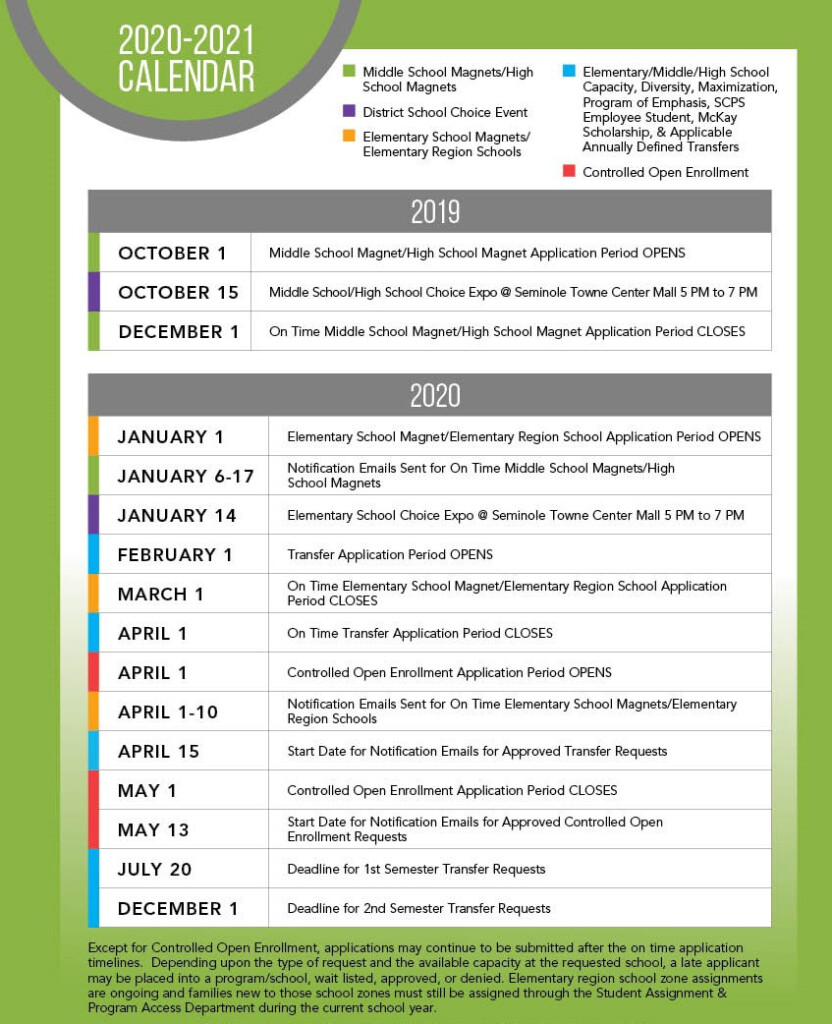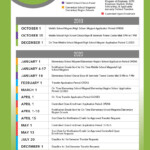Holyoke Public Schools Extended Year Calendar – The school calendar sometimes referred as the academic calendar, is an outline which outlines the start and days of the school year, in addition to important dates, such as breaks, holidays, as well as personal development dates. It is an important instrument to schools in order to prepare and plan their academic calendar. It is also helpful for students, teachers, and parents prepare for events and deadlines.
How to Create a School Year Calendar
- Determine the dates for the start of and ending of the school year The first step to creating a school calendar is to establish the start and ending dates of the academic year. It will be determined by your school’s district and state regulations.
- Determine important dates: Once you have determined the beginning and ending dates as well as important dates like holidays, breaks as well as in-service dates. These dates are available on the calendar for the prior year or on your district’s site.
- Breaks and holidays in the schedule Make sure to schedule breaks and holidays such as spring break, winter break, summer vacation. Make sure you include any extra days off, like federal holidays or religious holidays.
- Add professional development and training days: In-service and professional day of development are important for teachers to plan and prepare for the school year. Be sure to include these days on your calendar.
- Adjust for unforeseen circumstances: It is important to be flexible and adjust your schedule in case of unexpected circumstances such as inclement weather or school closings unexpected events.
Types of School Year Calendars
- Traditional Calendar The Traditional Calendar is the most frequent type of school calendar to be found within the United States, where the academic year generally runs from September or August to May or June, with breaks during summer vacations and holidays.
- Year-Round Calendar: The Year-Round version of calendar divides the school year over 12 months. This calendar also includes shorter breaks throughout the year instead of a single summer break.
- Hybrid Calendar: This type has elements from traditional and year-round calendars, with longer breaks throughout the school year and a shorter summer break.
Academic Calendar in contrast to. School Calendar
- Definition and distinctions: The academic calendar is what is used to define the academic year, whereas it also contains events and activities that go beyond the academic schedule including sports games or dances. Also, fundraisers and dances.
- Examples of each Examples of each include start and end dates, holidays, and exams schedules. On the other hand, a school calendar might include prom week, homecoming week as well as parent-teacher gatherings.
Tips for Planning a School Year Calendar
- Include the opinions of stakeholders: Involve teachers, staff pupils, parents and staff in the planning process to make sure that the calendar meets every need of the school community.
- Take note of community events: Be aware of local holidays and events which may impact school attendance or schedules for fairs, festivals, or holidays of religious significance.
- Review the calendar from previous years: Analyze what worked and what didn’t work in the calendar from the previous year, and take that feedback into consideration when designing the new calendar.
- Make sure you have flexibility to deal with unexpected events such as weather-related closures or changes in state testing dates.
- Prepare for contingencies: Create an emergency plan to deal with unexpected situations or emergency events which may require a modification within the scheduled calendar.
Conclusion
A well-planned school year calendar is essential to ensure a productive academic year. By following these tips and the best strategies, schools can come up with an effective calendar that caters to every need of the school community and provides flexibility in the event of unexpected events. A carefully designed calendar will aid students, teachers and parents plan for the year ahead, to ensure a positive overall academic experience.






